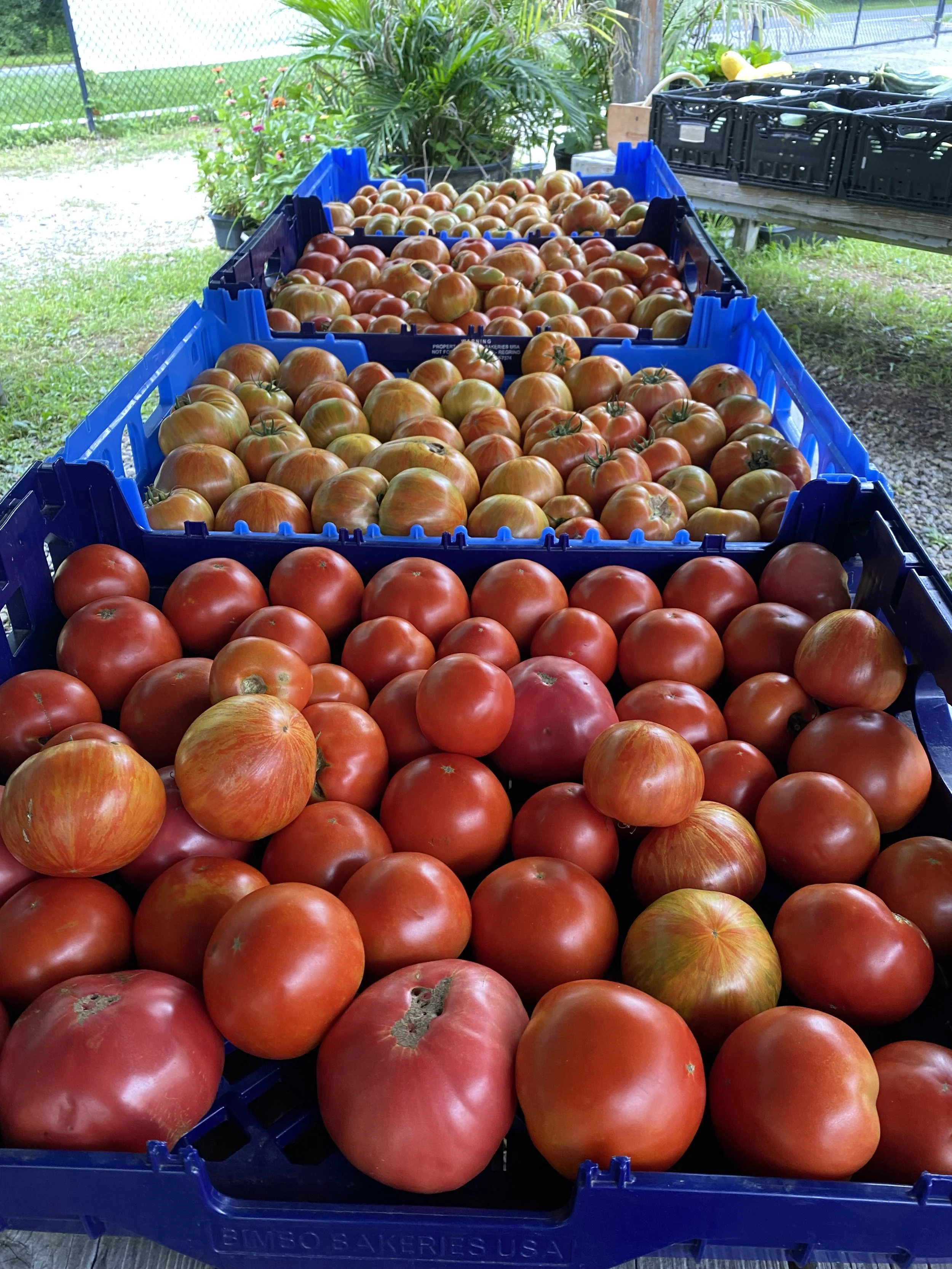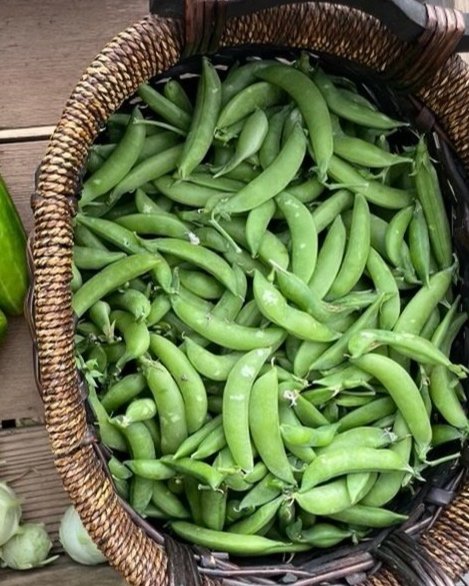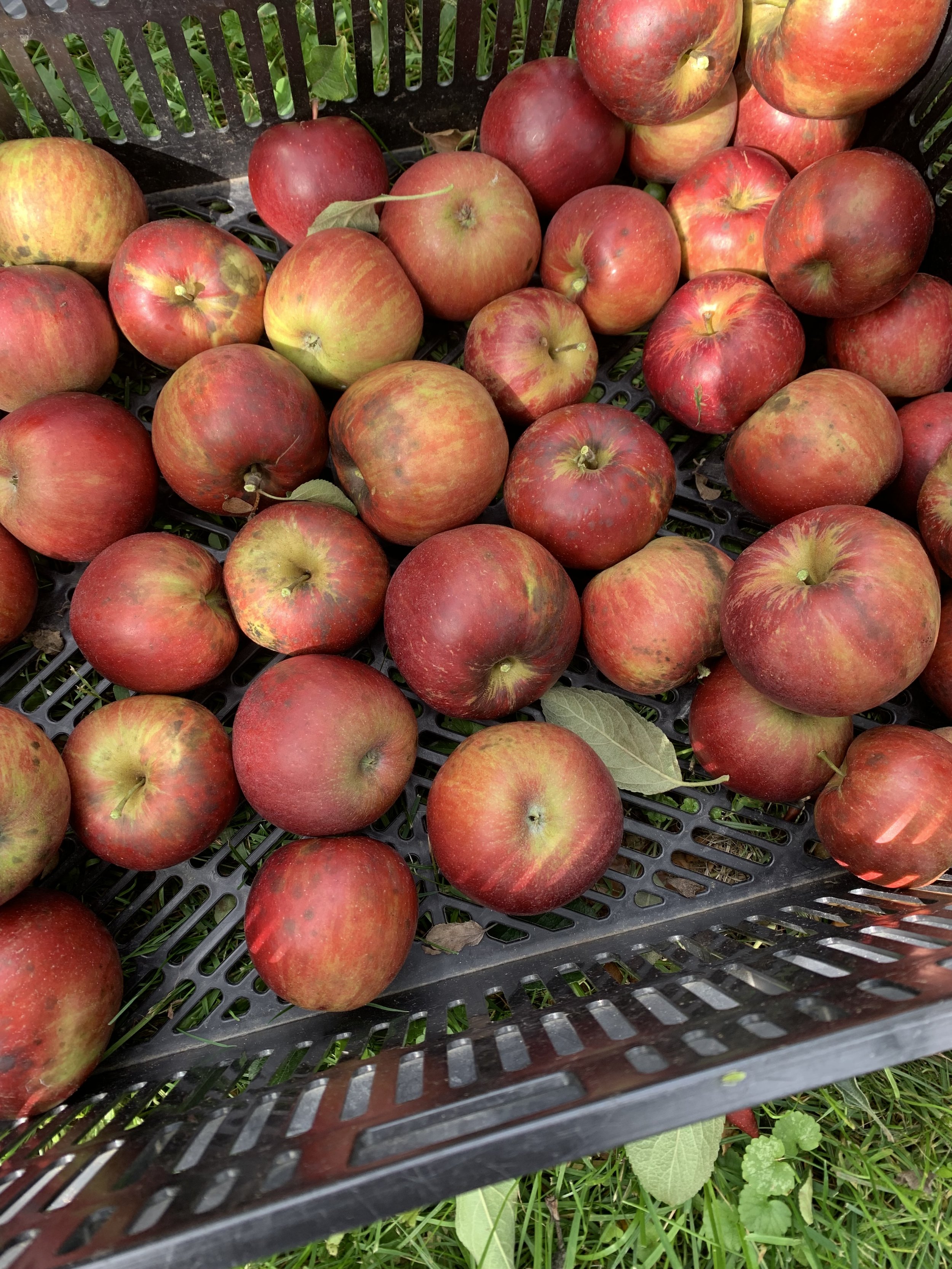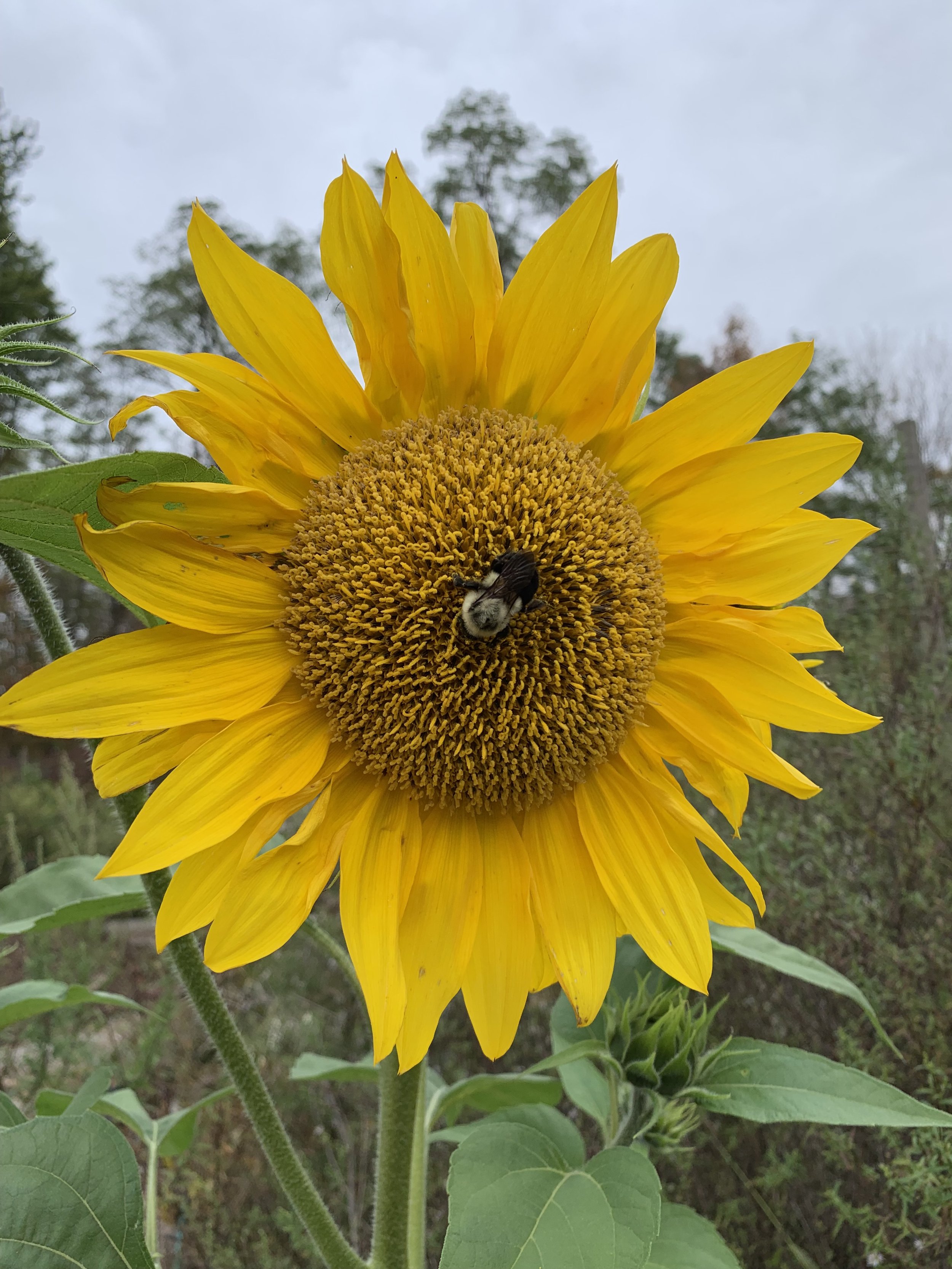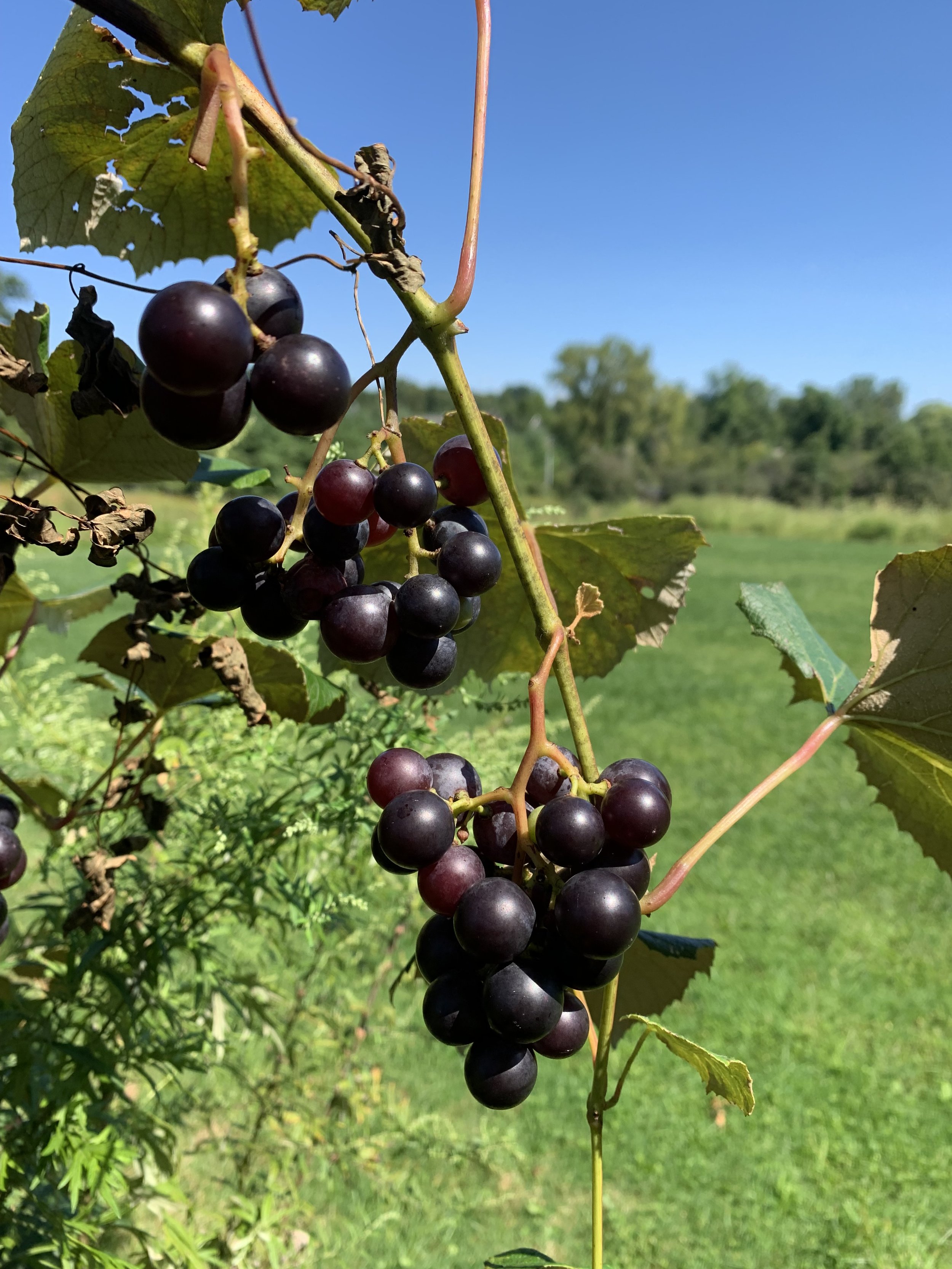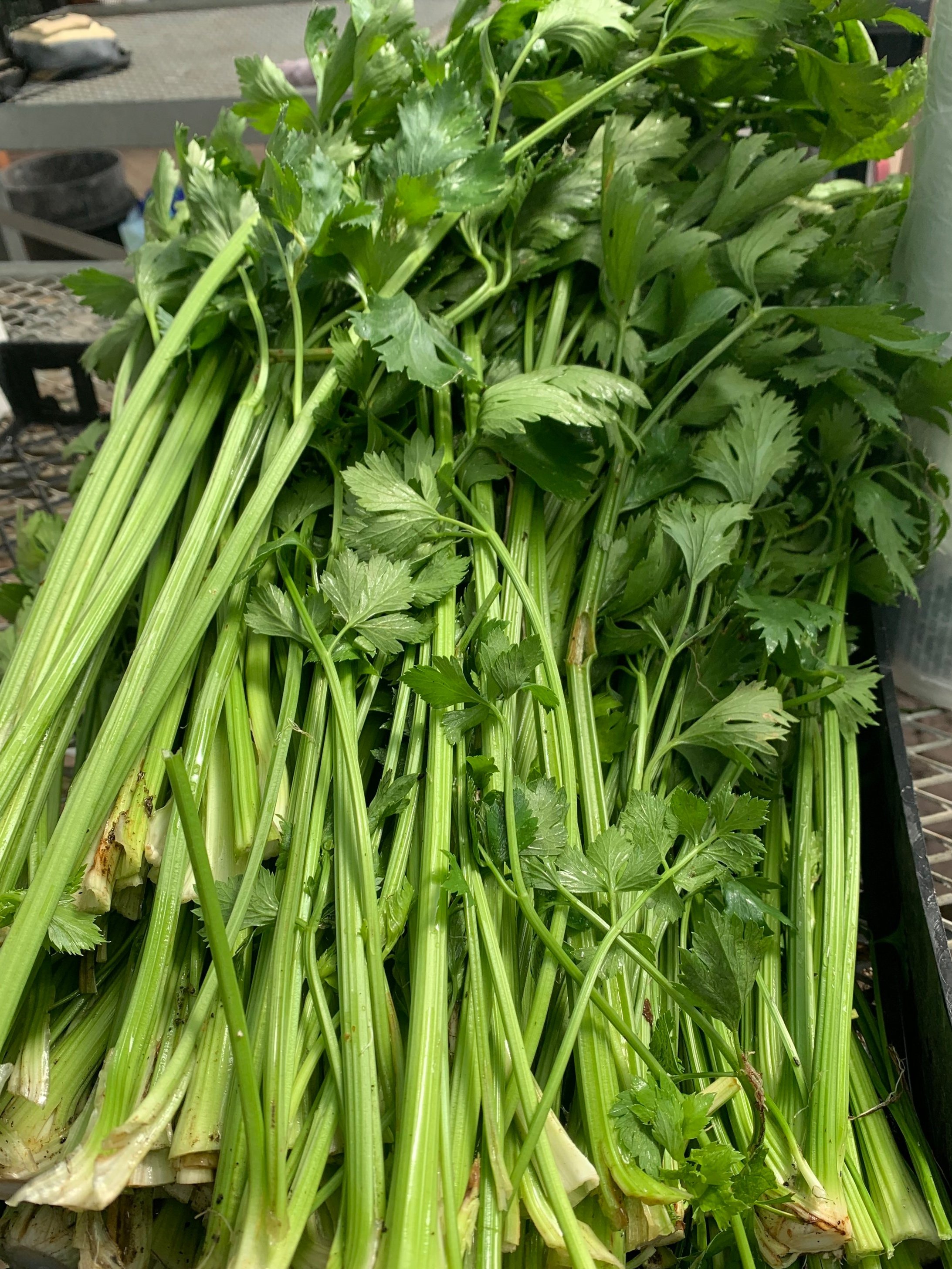Tomatoes
Contrary to what you may think, tomatoes are actually fruits (berries to be specific)! They are a great source of vitamin C and the easiest plant to grow in your own home.
Basil
This herb is anti-inflammatory, antioxidant, and antibacterial. It is often paired with tomatoes when used for cooking.
zucchini
A versatile summer squash that can be eaten raw, cooked as zoodles or in bread
Strawberries
Studies have shown that strawberries are better for your health when they are organic, as they contain higher levels of anti-cancer compounds. Organic strawberries taste good too! Before developing into a red, juicy fruit, these berries start off small, white, and bitter.
Raspberries
These berries contain iron, vitamin C, and antioxidants which are great for your health. Before the fruit develops, some raspberry plants grow prickly red flowers.
Mint
This aromatic, cool-tasting herb is widely used in tea or to give a dish an extra pop!
Comfrey
This herb is widely known for its medicinal uses, most famously, its ability to help broken bones heal.
Peas
These tasty legumes grow abundantly in our gardens. Feel free to come and visit to experience their crunchy texture and sweet taste!
Tulsi
This herb is native to India and is used in a wide variety of herbal remedies. In some parts of India, tulsi is a symbol of good luck.
Apples
Our crisp, sweet apples are perfectly organic and very tasty. Apples are a versatile fruit and are used to make pies, sauces, juices, fritters, and more.
Mustard
This vegetable has a rich, spicy taste. Mustard seeds are commonly used to make mustard sauce, but the leaves share the same strong taste.
Valerian
This perennial herb is often used as a treatment for insomnia and anxiety. It is native to Asia and Europe.
Winter Quash
These fruit start off as yellow flowers growing on a vine-like plant. Winter Squash plants have male and female flowers (male outnumbering female) meaning that only a small proportion of flowers will bear fruit.
Asparagus
This is a perennial plant whose yield is often treated like a vegetable when cooking. The asparagus plant appears featherlike.
Sunflower
These plants, which are grown primarily for their seeds, are easily identifiable by their tall, hairy stalks and their large yellow flowers.
Elderberry
These berries are a powerful immune booster. Before the fruit develops, the plant lets out bunches of small, white, sweet-smelling flowers.
currant
These small, tart fruit grow on a shrub-like plant and are often used to make jams and pies.
Cabbage
This leafy vegetable initially starts off as a sparse collection of leaves which fills in and takes its recognizable form as the plant matures.
Kale
This plant is characterized by its long, loose leaves. Leaves are simply ripped off the stalk to harvest. Kale is packed with nutrients and antioxidants and is an excellent source of Vitamin C.
collard greens
These leafy vegetables are from the same family as kale, and can aid in weight loss.
Eggplant
This
Swiss chard
This green, leafy vegetable is packed with nutrients and often eaten sautéed.
Garlic
The plants are grown for their pungent, strong-tasting bulbs and long, green stalks.
pepper
Bell-pepper plants are cultivated for their multi-colored, slightly sweet yield.
Celery
These long, fibrous stalks take about 140 days to fully grow and mature before they are ready to be harvested.
Ginger
This plant is grown for its culinary and medicinal value.
Beans
These legumes are rich in protein
broccoli
A large bunch of dark green flowers surrounded by leaves. Broccoli should be harvested before the buds flower or become un-bunched.
tomatillos
These
